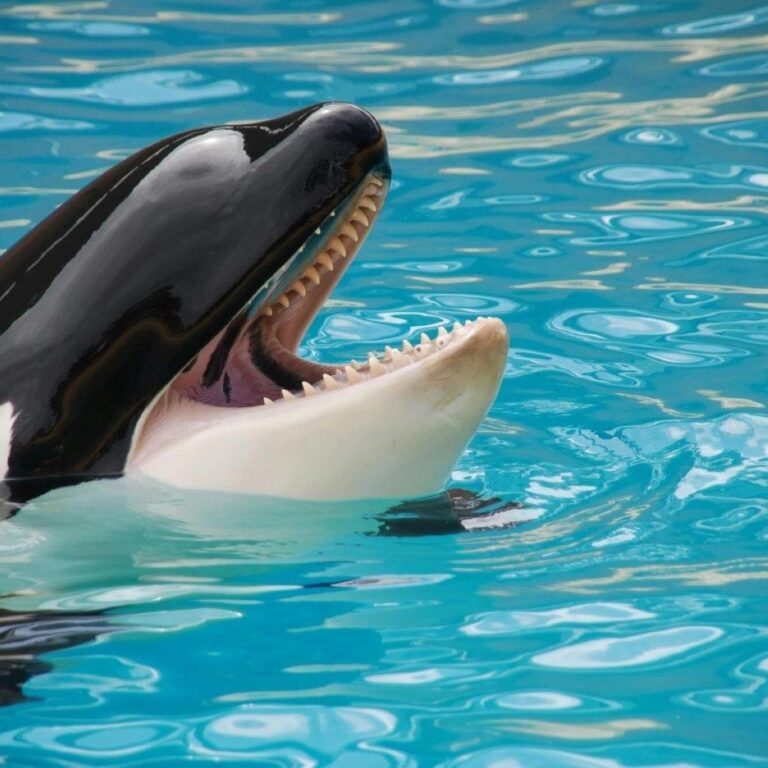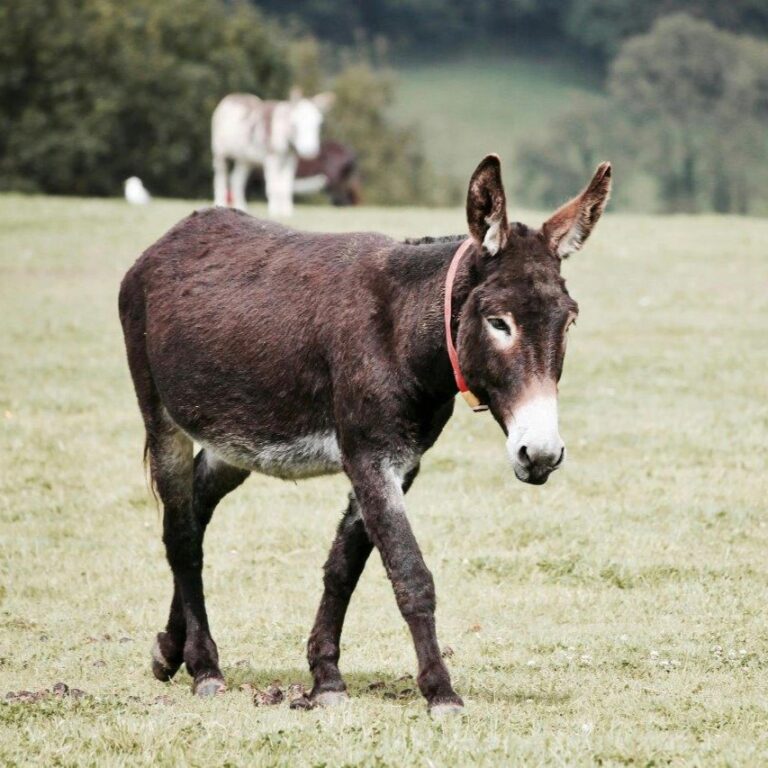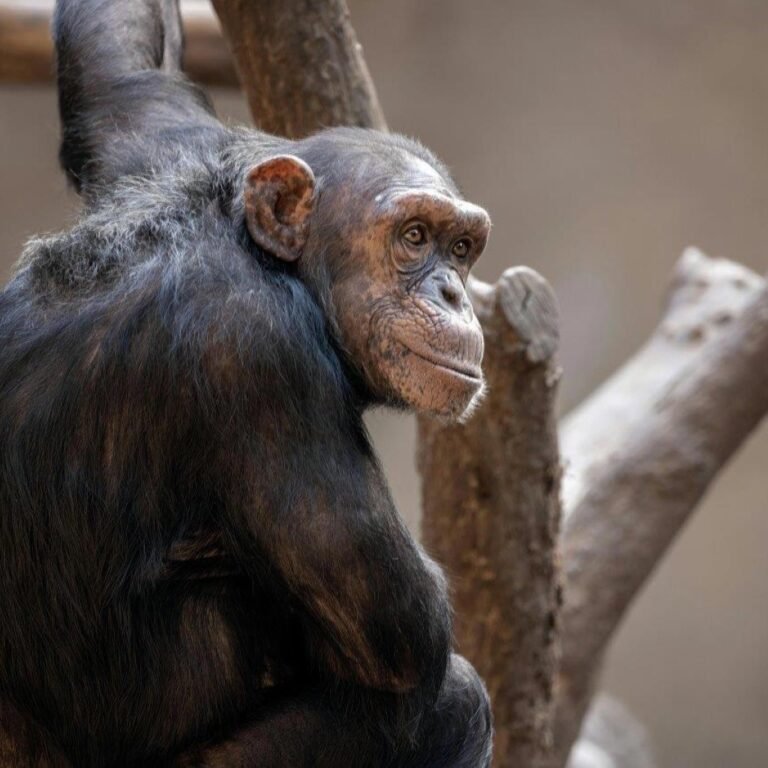Killer whales are apex predators, meaning they are at the top of the food chain with no natural predators. They hunt a variety of prey, including fish, seals, and even other whales.
Killer whales are known for their complex social structures. They live in groups called pods, which are usually made up of family members and can consist of up to 40 individuals.
There are different types, known as ecotypes, that have distinct behaviors, diets, and appearances. For example, resident orcas primarily eat fish, while transient orcas hunt marine mammals.
They are highly intelligent and have been observed using sophisticated hunting techniques, such as creating waves to wash seals off ice floes or coordinating attacks in groups.
Orcas communicate with each other using a variety of vocalizations, including clicks, whistles, and pulsed calls. Each pod has its own unique dialect, which helps members identify each other.
Killer whales are known for their impressive speed and agility in the water. They can swim at speeds of up to 34 miles per hour, making them one of the fastest marine mammals.
Female killer whales have a long lifespan and can live up to 90 years in the wild. They give birth to one calf at a time, with a gestation period of about 17 months.
They are known to engage in playful behavior, such as breaching (leaping out of the water), spyhopping (poking their heads above the surface), and tail-slapping.
The striking black-and-white coloration of killer whales is a form of camouflage known as disruptive coloration, which helps them blend in with the ocean's surface when viewed from above or below.
They have a diverse diet that varies depending on their ecotype. Some orcas specialize in hunting fish, while others target marine mammals like seals, sea lions, and even large whales.
Killer whales have strong family bonds, and individuals often stay with their mothers for their entire lives. The matriarch, usually an older female, leads the pod and passes down knowledge to younger members.
Killer whales are found in all oceans, from the icy waters of the Arctic and Antarctic to the warm seas of the tropics. They are highly adaptable and can thrive in a wide range of environments.
The name 'killer whale' originated from the term 'whale killer,' used by sailors who observed orcas hunting large whales. Despite their fearsome name, they are not dangerous to humans in the wild.
Conservation efforts are important for killer whales, as some populations are threatened by pollution, overfishing, and habitat loss. Protecting their natural habitats and ensuring a healthy food supply are crucial for their survival.



